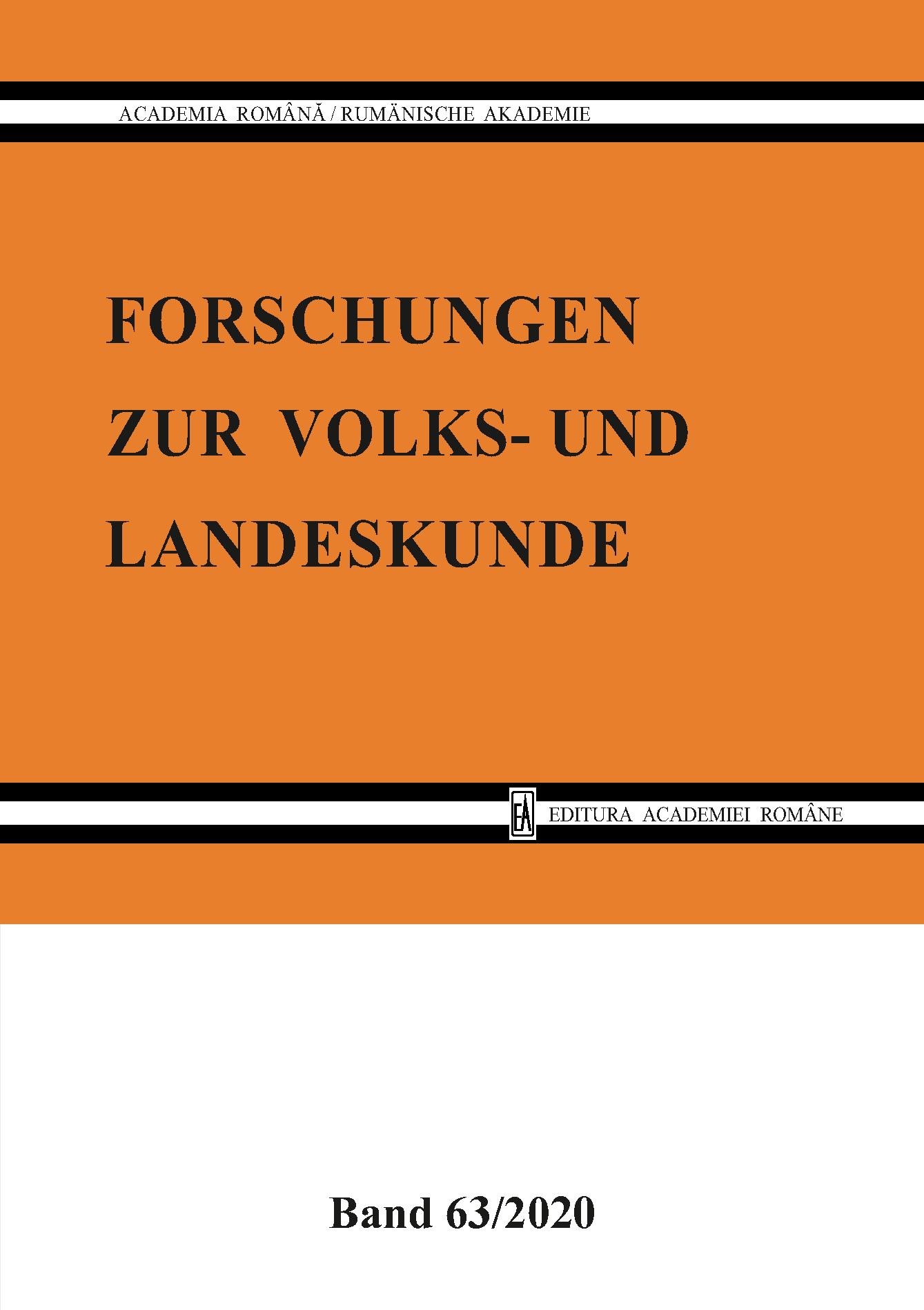VOM TERRITORIALEN PRINZIP DES ‚CUIUS REGIO, EIUS RELIGIO‘ DES HEILIGEN RÖMISCHEN REICHES DEUTSCHER NATION ZUM MULTIKONFESSIONELLEN STAAT IM DEUTSCHEN BUND
From the Territorial Principle of ‘cuius regio, eius religio’ of the Holy Roman Empire of the German Nation to the Multidenominational States in the German Confederation
Author(s): Wolf D. GrunerSubject(s): History, Modern Age, Theology and Religion
Published by: Editura Academiei Române
Keywords: The Holy Roman Empire of the German Nation; Reformation; the principle of ‘cuius regio...’; the Imperial and Religious Peace of Augsburg; multidenominational states in the German Confederation;Transylvania
Summary/Abstract: As a result of the Reformation initiated by Martin Luther’s theses in 1517 many European states converted to Protestantism. The Reformation superseded the catholic christianitas as a legitimate basis and state religion in the Holy Roman Empire of the German Nation as well as in other European states. This shattered the religious unity of the Old Empire. Pope Clement VII refused to call an ecumenical council for reform, asked for by Emperor Charles V to solve the religious problem of the Empire. All attempts to restore the unity of the Empire failed and led to religious wars in the Holy Roman Empire of the German Nation. The Imperial and Religious Peace of Augsburg (1555) tried to find a political and religious solution in order to overcome the constitutional crisis of the Empire. It became a law of the Holy Roman Empire that guaranteed and tolerated religious freedom, imperial status and the possessions of the Lutheran and Catholic Estates. It decreed the coexistence of the Protestant and Catholic Imperial Estates. The Calvinists were not included. It also determined the confessional affiliation of the population, i.e. the denomination of the ruler must be the denomination of the subjects (cuius regio, eius religio).The subjects had the right to emigrate (ius emigrandi). The Peace of Westphalia of 1648 confirmed this principle which remained in effect until the Principal Decree of the Imperial Deputation in 1803 and the end of the Holy Roman Empire of the German Nation. The mediatization and secularisation established new middle-sized states which were to become an important element in the history of Germany ever since the early 19th century. It was the beginning of modern German federalism. The enlarged South German states like the Grand Duchy of Baden, the Kingdoms of Bavaria and Württemberg and the Grand Duchy of Hesse became multidenominational states. Especially the southern states of Germany realigned their boundaries. As a result of the territorial changes, the Grand Duchy of Baden became four times larger than the margraviate Baden. The South German states started reforms early on. The reforms had an impact on all areas of life, from improvement of administration, military and legal reforms, schooling, universities, finances and taxation and personal rights. The integration of the new provinces into the existing old state was a challenge. All states which survived the Napoleonic period had become multidenominational states. After the Congress of Vienna the German medium-sized states joined the German Confederation. They worked out constitutions with a bi-cameral parliament providing the right to vote on the state budget (burden sharing). The constitutions also established basic human rights and set the rights of the denominations. Despite the denominational state after 1815, throughout the 19th century and beyond the subjects normally did not marry across religious boundaries. The legal situation in Transylvania was different from the one prevailing in the Holy Roman Empire. It was not the state which decided on one’s denomination, but it was one’s personal decision. Since the 16th century the Principality of Transylvania became a region of religious tolerance, where about five different denominations coexisted.
Journal: Forschungen zur Volks- und Landeskunde
- Issue Year: 2020
- Issue No: 63
- Page Range: 44-75
- Page Count: 32
- Language: German
- Content File-PDF

